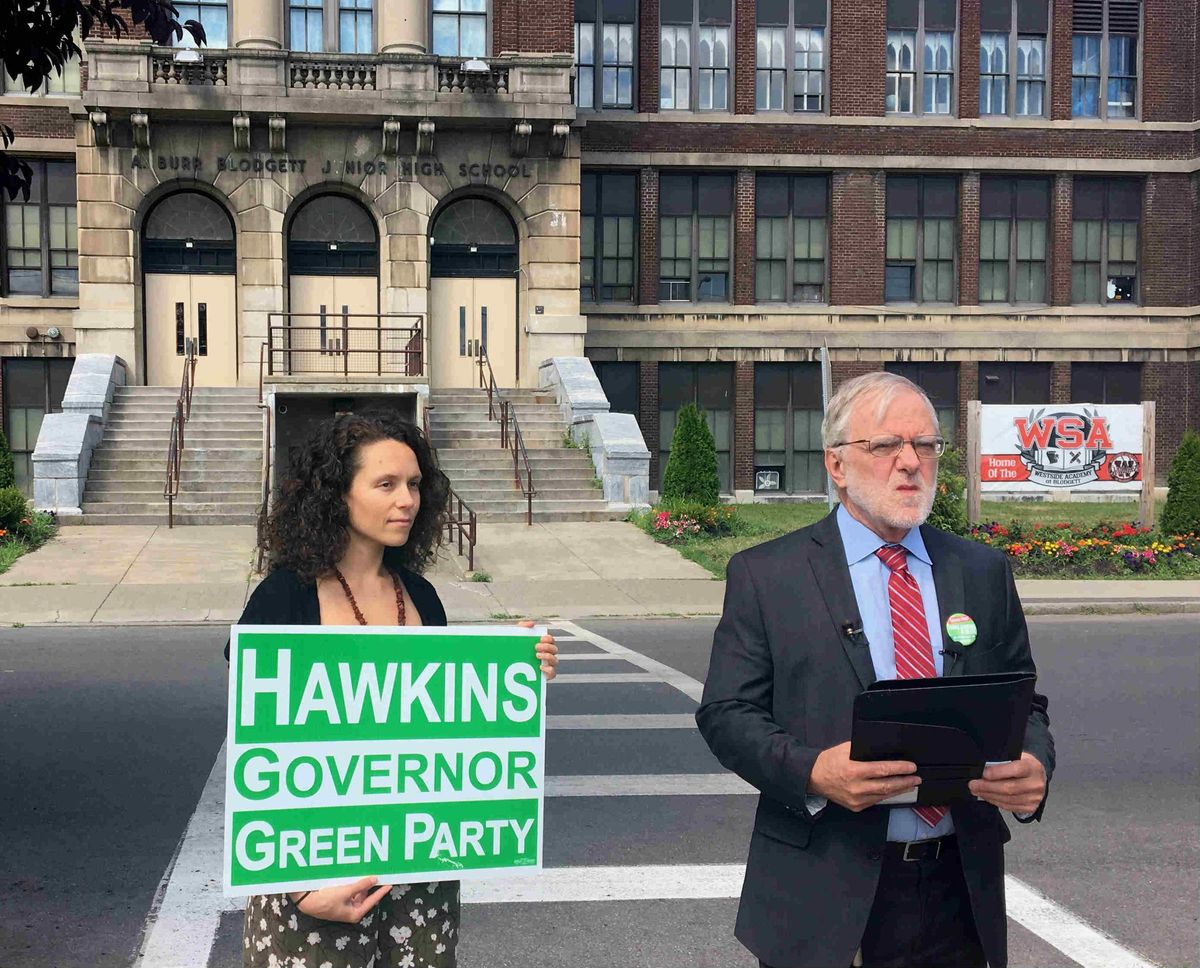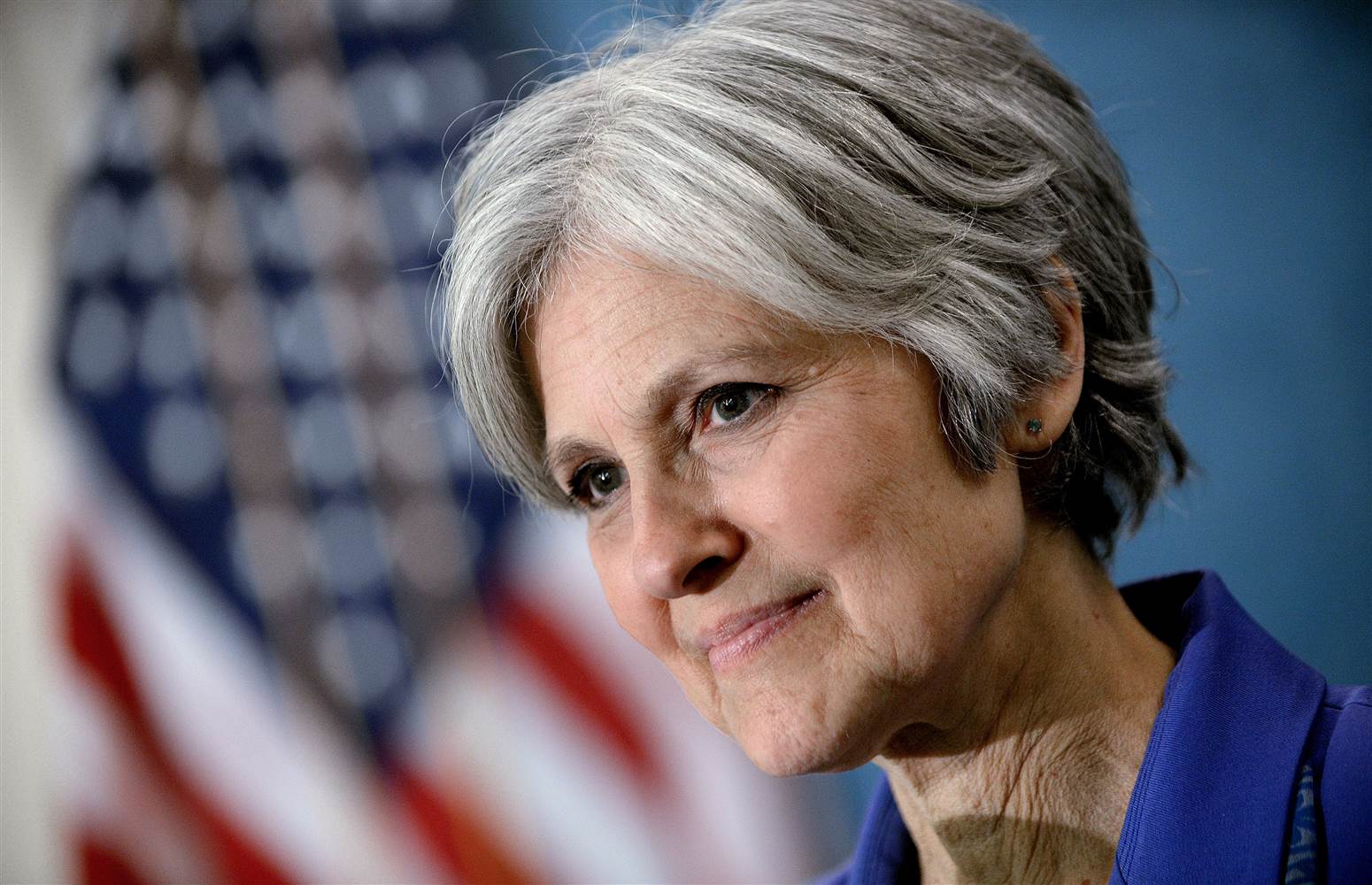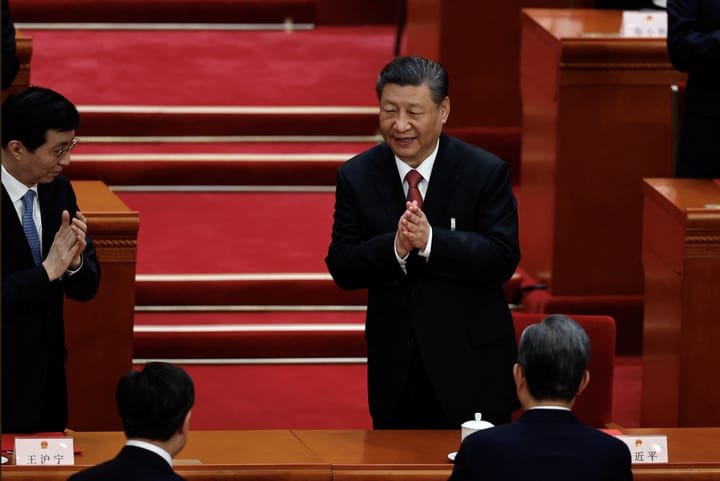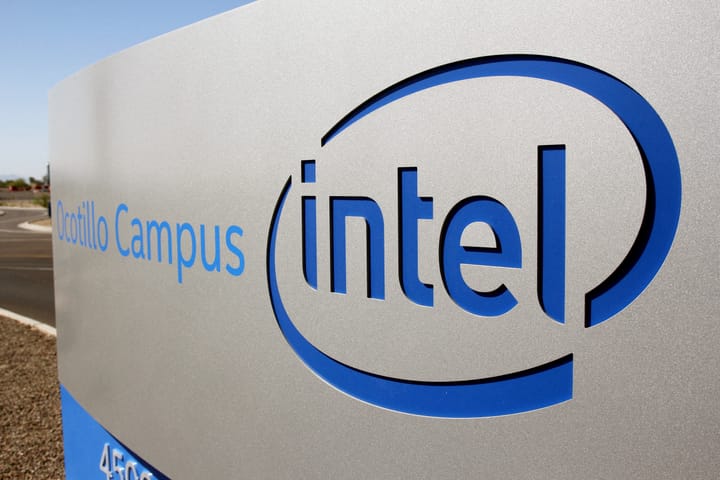What is the Green Party of the United States?

A few minutes every morning is all you need.
Stay up to date on the world's Headlines and Human Stories. It's fun, it's factual, it's fluff-free.
The United States is said to have a two-party political system, made up of the Republican Party (also known as the GOP) and the Democratic Party.
But in every presidential election of this century, there has also been at least one so-called “third party” candidate who has run a less high-profile campaign.
The US Green Party is currently one of the more prominent opposition parties, running on a leftwing environmentalist platform that supports social justice causes and nonviolent foreign policy.
Though a Green Party presidential candidate has never earned even a single electoral vote, it has received blame for siphoning votes from left-leaning Democratic candidates in elections won by Republicans.
In the 2020 US presidential election, the frontrunners will almost certainly be President Donald Trump, a Republican, and former Vice President Joe Biden, a Democrat. Though the Green Party has yet to name its candidate, it is likely whoever the party runs will be a vocal critic of both mainstream candidates.
The 2020 election
While nearly two dozen people have filed to be the Green Party nominee for president, so far only two – Howie Hawkins and Dario David Hunter – have qualified to appear on three or more statewide primary ballots.
Hawkins is a co-founder of the Green Party and trade unionist. He is supporting what he calls an “Economist Green New Deal” that involves the Economic Bill of Rights and the Green Economy Reconstruction Program. His platform aims to make the US 100% reliant on clean energy by 2030.
Hunter is a lawyer and ordained rabbi whose platform includes fighting for the “human right to food, water, housing and essential utilities.” He supports Medicare for All, the all-inclusive healthcare system supported by, among others, Vermont Senator Bernie Sanders.
On Monday, April 27, the former governor of Minnesota, Jesse Ventura, announced via Twitter that he was “testing the water” for a presidential run, saying, “IF I were going to run for president, the GREEN party would be my first choice.” In a subsequent tweet, he added, “I’m not a Democrat or a Republican because I know they’re not the solution."
Like the Republican and Democratic Parties, the Green Party will hold a National Convention this year. Theirs will be held in Detroit, Michigan, from July 9-12. The Green Party also uses a system of state primaries to select delegates for that convention, where the party will also determine its official platform.
Previous Green Party candidates for president
The national US Green Party has officially had presidential and vice-presidential candidates in every election since 1996. In that year, Ralph Nader and his VP pick, Winona LaDuke, failed to receive 1% of the national vote.
The 1996 election, in which President Bill Clinton won reelection, was notable because another third-party candidate, Ross Perot, running as an independent, earned more than 8% of the national vote.
In 2000, Nader and LaDuke were once again on the Green Party ticket. That year, many Democrats blamed the Green Party for taking votes away from the Democratic nominee, former Vice President Al Gore.
The vote was too close to call in Florida and a Supreme Court decision in December effectively decided the election in favor of the Republican, George W. Bush. In Florida, Nadar received nearly 97,488 votes, compared to 2,912,790 for Bush and 2,912,253 for Gore.
The Green Party failed to make much of an impact in the next three elections. It ran David Cobb and Pat LaMarche in 2004, Cynthia McKinney and Rosa Clemente in 2008, and Jill Stein and Cheri Honkala in 2012.

Jill Stein ran again in 2016, this time with Ajamu Baraka as her VP choice. In an election where the two frontrunners, businessman Donald Trump and former Secretary of State Hillary Clinton, were historically unpopular, Stein received 1.07% of the vote (Libertarian candidate Gary Johnson received 3.28% of the vote).
Third parties in general, and Jill Stein in particular, were once again blamed for hurting the Democratic nominee, Clinton, and thereby giving Trump the election. According to a Vox analysis, “if every Stein voter had voted for Clinton instead, she could have won Pennsylvania, Michigan, Wisconsin and the presidency.”
The Green Party platform
While the Green Party has yet to release their platform for 2020, their values and ambitions will likely remain in line with those of their 2016 platform.
That platform, called an “evolving document,” provided “an eco-social analysis and vision for our country.”
In addition to calling for “systemic changes” to confront problems both local and global, the party also heavily criticized what it deemed “the two-party power establishment,” saying its supporters had the right to vote for a candidate of their choice.
“At the heart of the voters’ rebellion is our right as voters to choose whichever candidates best represent our own views and desires, without being told year after year that we have no choice aside from bad and worse.”
The platform of the Green Party is built around “Our 10 Key Values:”
- Grassroots democracy
- Social justice and equal opportunity
- Ecological wisdom
- Nonviolence
- Decentralization
- Community-based economics
- Feminism and gender equality
- Respect for diversity
- Personal and global responsibility
- Future focus and sustainability
History of the Green Party
The Green Party started as an assortment of environmentally concerned independent parties. According to the Green Party’s written history, the national party traces its roots to a state party that formed in Augusta, Maine, on January 8, 1984. At the time, Green parties already existed in other countries, such as the United Kingdom and Germany.
Elsewhere, groups of environmentalists, inspired by international political movements, were seeking to build a national Green Party, unaware that the Maine Green Party existed.
In the summer of 1984, 62 activists from around the country came together in St. Paul, Minnesota, for a Founding Conference. There, among other actions, the group decided on the core values that would later become the Ten Key Values.
Following the conference, the Green Movement Committee released a statement “concerning the formation of a Green political organization in the USA.” The statement addressed specific principles that were required in the organization:
- Human consciousness, society and governance must be rooted in, observant of and in balance with ecological imperatives
- Appropriate governance should be largely decentralized to local and regional levels with mindful awareness of the regional environment, culture, spiritual values, history and community aspirations
- A sustainable economy must be based on non-violent ecodevelopment that acknowledges finite resources, decentralization and diversity
- Just as the war against nature must be stopped so must the exploitation of our sisters and brothers, here and abroad
- The concept of national security must be redefined to include all measures that would insure the health of the biosphere and a regionalized global community
After the conference, the party, known as the Association of State Green Parties, grew by running candidates in state and local elections. In 1990, a Green Party gubernatorial candidate, Jim Sykes, received 3.4% of the vote in Alaska, a milestone for the still young organization.
Since then, the party has won numerous local elections, including mayoral elections. However, it currently has no members in governorships, nor any in the House of Representatives or the Senate.
In 2001, the party officially changed its name to the Green Party of the United States (GPUS).
Have a tip or story? Get in touch with our reporters here!
Sign up for daily news briefs from The Millennial Source here!




Comments ()